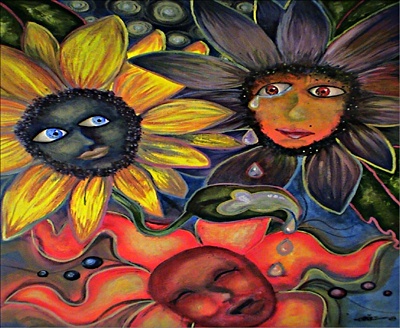All Nonfiction
- Bullying
- Books
- Academic
- Author Interviews
- Celebrity interviews
- College Articles
- College Essays
- Educator of the Year
- Heroes
- Interviews
- Memoir
- Personal Experience
- Sports
- Travel & Culture
All Opinions
- Bullying
- Current Events / Politics
- Discrimination
- Drugs / Alcohol / Smoking
- Entertainment / Celebrities
- Environment
- Love / Relationships
- Movies / Music / TV
- Pop Culture / Trends
- School / College
- Social Issues / Civics
- Spirituality / Religion
- Sports / Hobbies
All Hot Topics
- Bullying
- Community Service
- Environment
- Health
- Letters to the Editor
- Pride & Prejudice
- What Matters
- Back
Summer Guide
- Program Links
- Program Reviews
- Back
College Guide
- College Links
- College Reviews
- College Essays
- College Articles
- Back
Flower Power: Progressive Kids of the 1960s
“Make Love, Not War”- Woodstock, 1969. How did the social conformity of the 1950s come to face the recalcitrant anti-war movement of the 1960s? Considering the youth of the last decade was also evidently defiant to the conservative parental-type authorities at the time with innovations in music (Rock’n’Roll) and teenage maturation and development, the “flower children” were just a transition of adolescent rebellion in response and protest against the war overseas. “Scenes of human suffering and devastation recorded by television cameras increasingly undermined the administration’s moral justification of the war with claims that it was a necessary defense of freedom and democracy in South Vietnam”- Out of Many, 3rd edition. Despite President Johnson’s intentions to keep the facts about U.S. participation in the Vietnam War confidential from the public, innovations in media portrayal allowed the public to see the “Credibility Gap” or realistic percentage of the atrocities that the U.S. invasion had brought to Vietnam, such as Agent Orange and the countless soldiers, sons, and brothers that were dying in a Hellish place so far from home. The youthful counterculture of the 60s was typically portrayed in the disenchanted and educated (highest percentage yet) of American youths, creating an combined identity separate from their conservative generations, participating in lax drug use, innovations in rock’n’roll and other music, and the new sexual revolution, where the birth control allowed for young men and women to reject premarital abstinence without risk of pregnancy. The highlight of this “Generation in Conflict” was generated at the Woodstock Nations, in which media and music highlighted the most provocative images of the alternative community to war. Methods of student rebellion ranged from campus protests to mass mobilization, as seen in college protests against the war-related research of Dow Chemical Company, anti-war demonstrations of thousands in Central Park, and even the invitation of teenage veterans disillusioned by the horrors of war, who even put down their own guns before battle. The 1960s was an age of transitional youth, controversy, and the power of progressivism through free peace and love.

Similar Articles
JOIN THE DISCUSSION
This article has 0 comments.
